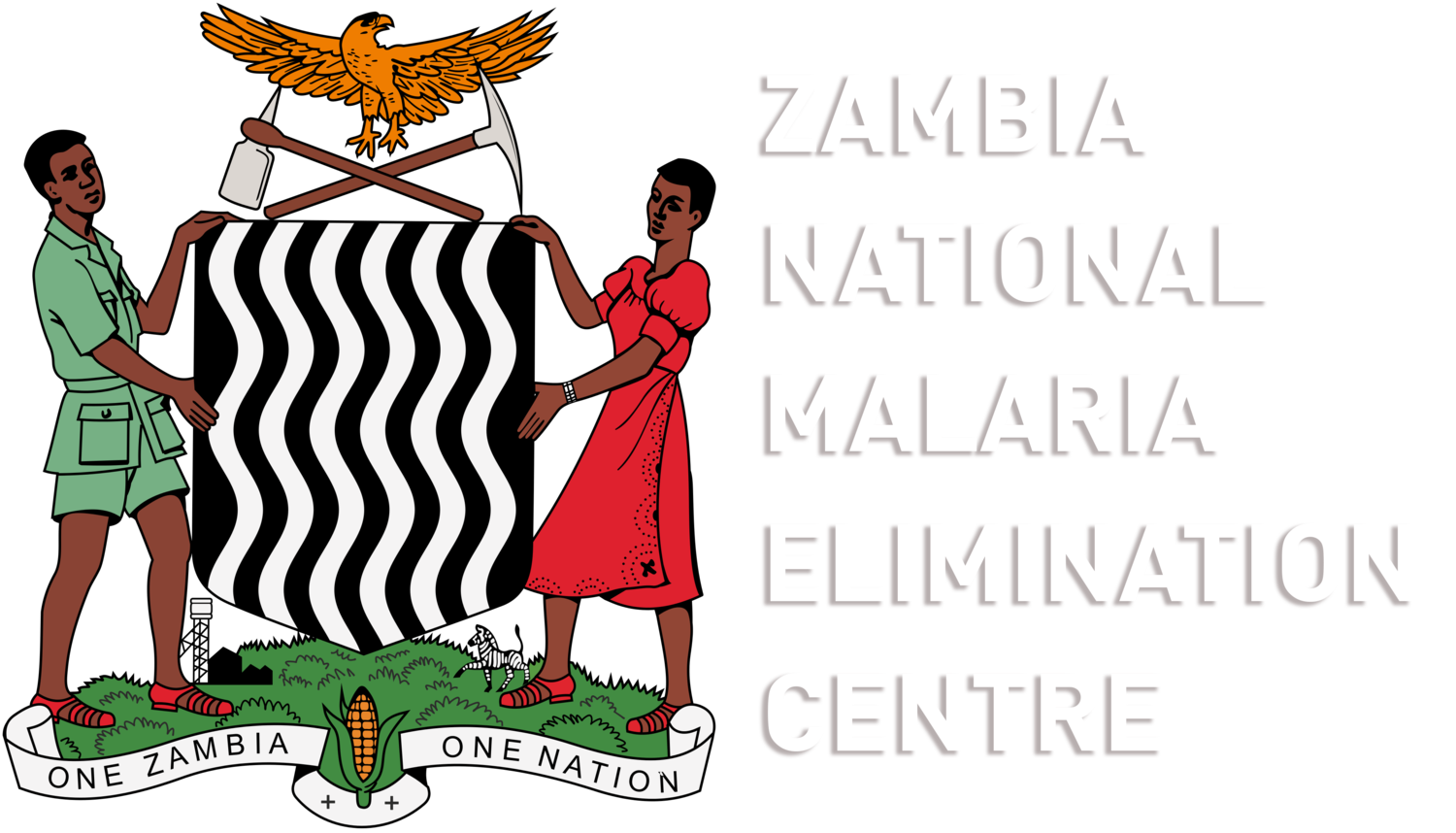After achieving community-wide reduction to an operationally feasible level in a facility catchment area (approximately 25 cases per week per facility catchment area), the next step is to proactively find and treat those few infections as soon as they arise. This will require enhanced surveillance and will be feasible only when transmission levels are very low.
Active surveillance occurs when a positive malaria case triggers a follow-up visit at the patient’s home and at neighbouring homes to test and treat for malaria. Residents of each household are screened for fever, travel history, and other risk factors. The Community Health Worker records case investigations in handwritten registers, which are reviewed at monthly health facility meetings.
Enhanced surveillance is a critical element for Component D. Action required for this component includes:
- Registering each index case and determining the likelihood of local acquisition of the infection (as opposed to acquisition during travel);
- Visiting each affected household and neighbourhood;
- Screening all residents of each household and neighbours for fever, travel history, or other risk factors;
- Testing everyone in the household and some (or all) in the neighbourhood;
- Treating any confirmed infections and possibly providing presumptive treatment for a wider group if indicated;
- Enhancing other malaria prevention strategies including LLIN ownership and use, IRS, or other interventions.
If the number of cases uncovered exceeds the capacity of the health facility catchment area, districts should consider reinforced control measures and potentially Component C to clear infections in the community.


